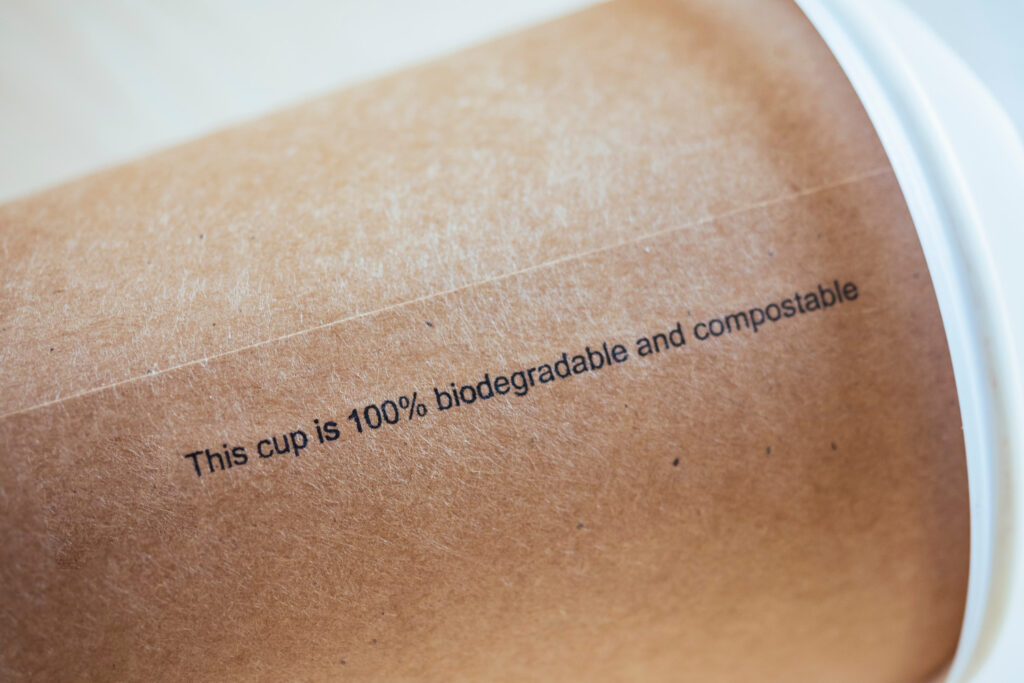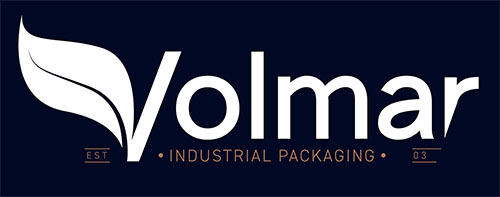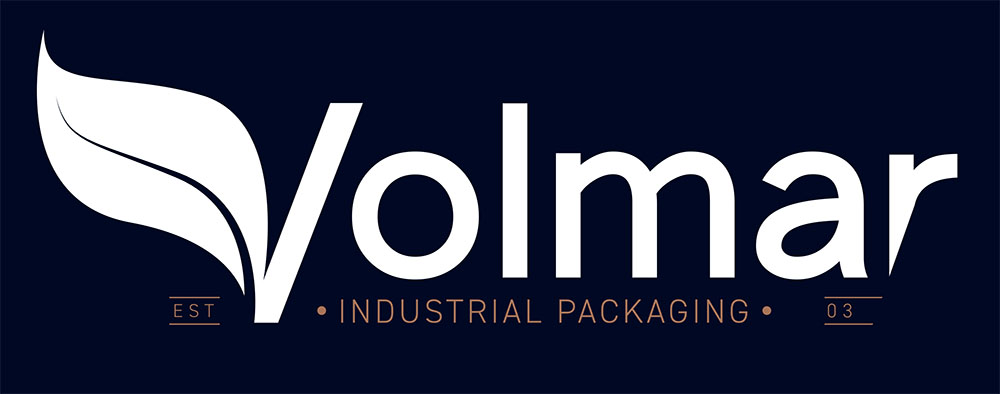
In recent years, the focus on environmental matters encouraged the adoption of more sustainable practices. In the food sector, companies are turning their attention to the use of more eco-friendly packaging, with the spread of two types of packaging with a low environmental impact: biodegradable and compostable packaging.
These are two different characteristics of eco-friendly packaging that must be understood to make sure to use the right food packaging. Let’s see the difference between biodegradable and compostable packaging, so that companies get to know their features in order to be able to choose whether to use one or another, according to their needs and regulations.
Biodegradable packaging: characteristics
Biodegradable packaging uses materials that decompose quickly. The term biodegradable can only be used when the packaging undergoes 90% biodegradation within 6 months. Specifically, it refers to the material’s ability to decompose due to the action of certain natural microorganisms.
The material can biodegrade through two types of processes: aerobic or anaerobic. One of the main biodegradable polymers for sustainable food packaging is PLA, polylactic acid. This material is a bioplastic derived from raw materials of vegetable origin, and it is a cheap, resistant and customizable product.
Compostable packaging: characteristics
Compostable packaging uses materials that can become compost at the end of their life cycle. By law, compostable packaging must be made with materials that disintegrate by 90% within 3 months and it must meet specific requirements and pass ecotoxicity tests to comply with standard UNI EN 13432.
The most important difference between biodegradable and compostable packaging, therefore, is how long the material takes to biodegrade. All compostable packaging is also biodegradable but not all biodegradable packaging is compostable. While biodegradable materials return to the earth in the form of minerals and other elements, compostable materials do so in the form of compost.
One example of a compostable material for food packaging is bagasse, which is obtained from sugar cane pulp. Paper is also considered compostable packaging if it has certain characteristics, such as the absence of printing inks. The same applies to certain types of PLA or food packaging made with organic substances like seaweed, potato starch or wheat.
Compostable or biodegradable packaging?
There are various aspects to consider when choosing between compostable and biodegradable packaging. The low environmental impact must not compromise the protection and preservation provided by good-quality food packaging. The primary function of food packaging is still to hold and transport foods safely, hygienically and efficiently, providing an adequate barrier effect and preserving the product’s quality and organoleptic properties.
Volmar Packaging offers dedicated solutions for sustainable food packaging, with a series of eco-friendly products that offer optimal protection and preservation of the food.
We also supply packaging made from thermoformed barrier paper and high-barrier polyester (Mono APET). Alternatively, customers can opt for packaging made from PLA, Mater-Bi or cellulose derivatives, including high-barrier options, which look similar to plastic but are compostable as they are obtained from vegetable raw materials, such as corn, sugar cane and beet.

